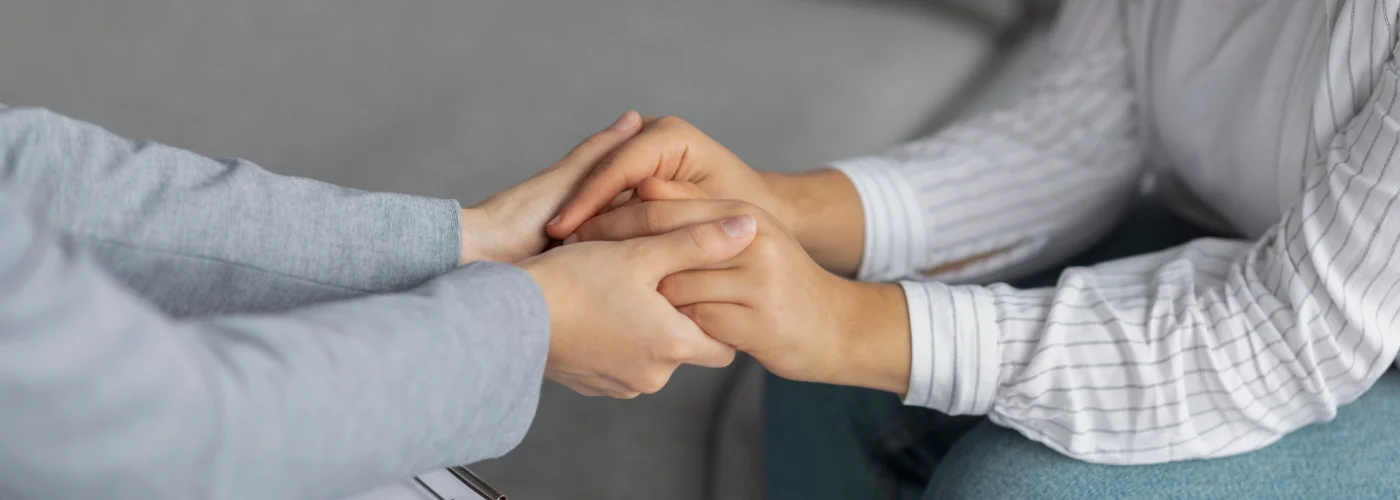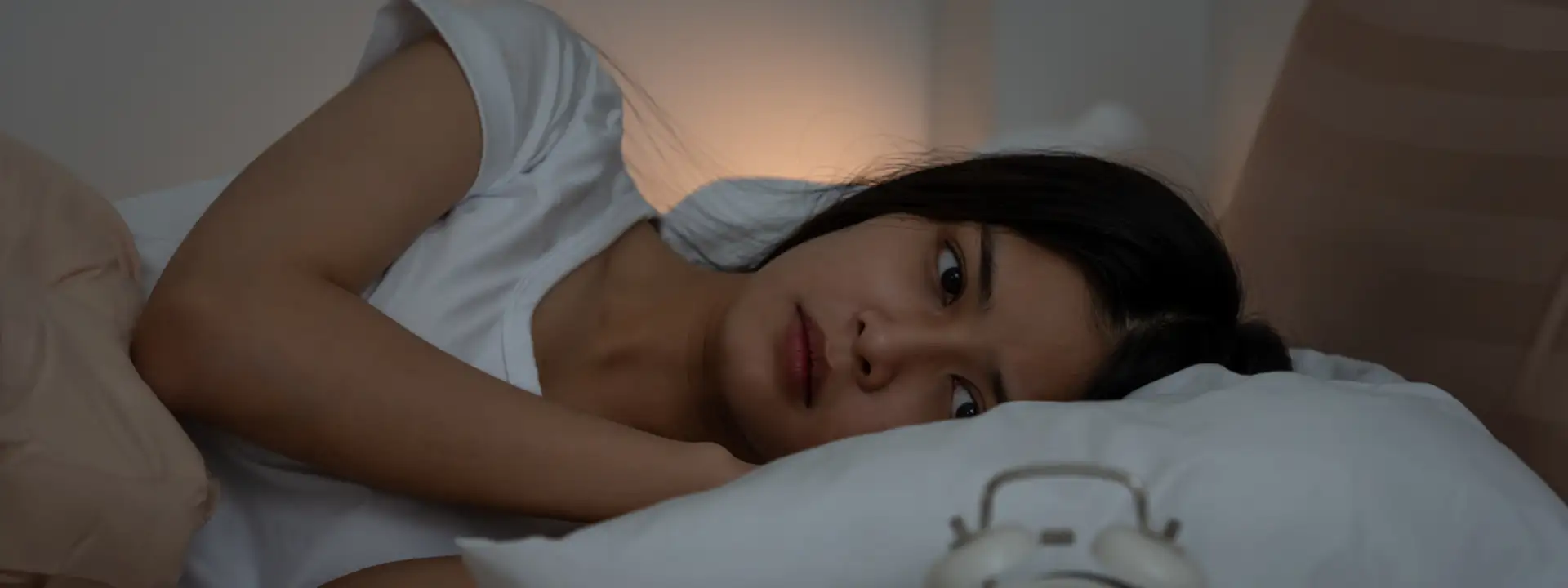You wake up with a knot in your chest. You sip coffee and try a pep talk. Yet, your smile feels stuck behind glass.
You’ve read self-help guides and tried podcasts. You’ve done morning walks about 20 times. You’ve even journaled every night.
But something still feels heavy. You wonder: Why am I stuck? Why won’t this sadness go away? You feel ready to take the next step. You type: best depression treatment center in California.
Your heart races with hope and fear. You ask: What will I face inside? Will people listen to me? Will I find my spark again?
It’s you. You care enough to start healing. You need real care—deeper than a guidebook.
Self-Help Works. But Full Healing Needs More
Self-help can start your journey. But when sadness doesn’t quit, you need more. Structured care makes a real difference.
A 2025 BMC Psychiatry review analyzed thousands of adults over ten years. The researchers tracked depression scores and what helped with healing. They found:
- Some stayed low; others stayed high
- Early full care led to faster recovery
- Holistic therapy, medicine, and lifestyle helped most
These wins prove healing needs more than tips and good habits. Even adults with long-term depression improved when they got real, structured care. A residential depression treatment center in California gives full support—it adds therapy, routine, constant staff care, and peer help. That makes a difference. Self-help is a brave first step. But real healing? That needs real care.
How to Choose a Depression Treatment Center
You searched: how to choose a depression treatment center. Good. Ask smart questions:
- Is it inpatient or outpatient?
- Who leads the therapy—licensed mental health pros?
- How much does the family take part in?
- What does a day here look like?
A 2025 systematic review and meta-analysis studied family psychoeducation for adults with depression. Adding family time led to the following:
- Larger symptom drops (effect size g ≈ 0.30–0.50)
- Better medicine habits
- Fewer relapses
Centers with trauma-informed, family-based care show better results. Invite your loved ones. Ask staff to include them.
Why Family Matters
Family therapy breaks old patterns. It gives help beyond therapy hours. It builds a safer home after treatment. That boosts lasting recovery.
What to Expect at a Depression Treatment Center
You asked: what to expect at a depression treatment center? It gives daily structure and a supportive vibe.
A systematic review of reviews by Goldstein et al. (2024) showed that trauma-informed care in inpatient settings boosts engagement, cuts conflict, and raises satisfaction. Centers using these methods help you feel safer and more heard.
A Typical Day Includes:
- Daily one-on-one therapy
- Group sessions
- Family meetings
- Mood tracking and coping-skill training
This daily rhythm builds new habits. It gives you a safe space—no judgment, no fear.
Inpatient Treatment: Is It Effective?
You asked: is inpatient treatment effective for depression? The evidence says yes—it’s very effective.
A 2025 research paper tracked 35 adult inpatients with burnout-related depression. They measured plasma BDNF (a brain-growth marker) and depression severity at entry and exit. Results showed:
- BDNF levels rose significantly post-treatment
- Depression dropped by about 45%
- Patients feeling socially isolated improved the most
Why Inpatient Helps:
- 24/7 professional staff care
- You step away from a stressful home life
- You build peer support from people like you
This study proves that structured, full-time inpatient care brings fast, meaningful relief for adults. That’s why choosing the best depression treatment center in California truly matters.
How Long Does Inpatient Treatment Last?
You wonder: how long is inpatient treatment for depression? It depends. A study in Germany of 6,579 adult hospital stays found:
- Average stay: about 35 days (±27)
- Severe cases: ~36.5 days
- Moderate cases: ~30.9 days
It shows that treatment usually lasts 1 to 6 weeks, based on individual needs.
Residential Depression Treatment Centers in California
A residential depression treatment center in California offers round-the-clock care. You live there. The staff is always around. You join daily therapy, group sessions, and skill-building. You become part of a healing team—and you are never alone.
Understanding the Cost
Let’s talk money. Residential treatment isn’t cheap. Most centers cost $10,000 to $30,000 per month.
What affects the price?
- How long will you stay
- What extras you get (gym, private room)
- If meals and housing are included
Getting Insurance Help
Paying out of pocket hurts. But insurance might help. Here’s how to make it work:
- Ask about inpatient mental health benefits
- Check if the center is in-network
- Get pre-approval before you go in
Call your insurance provider today. Don’t skip this step.
Inpatient vs. Outpatient Depression Treatment
One big question: what’s the difference?
- Inpatient means you live at the center. It’s full-time care and full focus.
- Outpatient means you go home each day. You visit a few hours per week. The rest of life stays the same.
Alter Behavioral Health offers inpatient care only. That means full focus. No distractions. No part-time support.
Finding Top Depression Centers Near You
Are you looking for top-rated depression centers near you?
Here’s how to start:
- Read online reviews
- Ask a trusted doctor
- Talk with friends who have been through it
- Ensure the center is licensed and accredited
Want the best? Make sure it truly is the best depression treatment center in California—not just a fancy website.
Luxury Centers: What to Watch
Yes, you’ll see luxury depression treatment centers in California. They may offer spas, gourmet food, and horseback riding.
That looks great—but is it powerful?
Before signing up, ask:
- Are the staff trained and licensed?
- What therapy methods do they use?
- Do they involve the family in the plan?
Comfort feels good. But healing needs more than a fancy room.
FAQs
Q: What is the best depression treatment center in California?
A: One with licensed staff, smart therapy, family care, and real results.
Q: What to expect at a depression treatment center?
A: Daily therapy, group work, mood tools, structure, and support.
Q: How do you choose a depression treatment center?
A: Ask about inpatient care, staff credentials, family plans, and costs.
Q: Are residential depression treatment centers in California better?
A: Yes. They offer full-time support and deeper healing.
Q: Is inpatient treatment effective for depression?
A: Yes. Studies show big symptom drops.
Q: How long is inpatient treatment for depression?
A: Usually 30–90 days, depending on your needs.
Q: What’s the cost of depression treatment centers in California?
A: Usually $10K–$30K per month.
Q: Does insurance cover depression treatment centers?
A: Many plans do, but ask and get pre-approved.
Q: Are luxury depression treatment centers in California worth it?
A: Only if therapy quality and licensed care match the price.
Q: What’s the difference between inpatient and outpatient depression treatment?
A: Inpatient is full-time onsite care. Outpatient is part-time visits.
Q: How do I find top-rated depression centers near me?
A: Use reviews, ask professionals, and check licenses.
Your Next Step Into Real Healing
You started with self-help. That took guts. But that was Step One. Healing that lasts means deeper help.
The best depression treatment center in California provides more than tips. It gives full care, proven methods, and lasting change.
Alter Behavioral Health offers inpatient-only care in California. They use evidence-based therapy. They include family in your healing plan. Their team is licensed, trained, and focused on full recovery. Every detail builds your path to a brighter future.
You matter. Your healing matters. Don’t stay stuck. Contact Alter Behavioral Health today. Take that brave next step. Because your life—in all its brightness—is worth saving.



